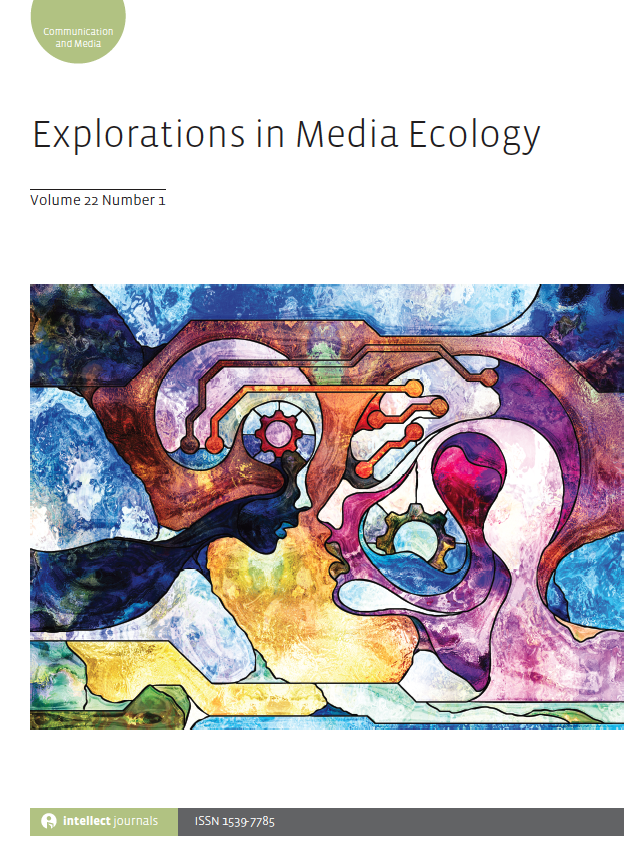
Full text loading...
This article approaches the reflection on excellence in writing both philosophically and practically, through philosophy of communication and media ecology. It argues that the way to excellence in writing is through, first, learning and acquiring knowledge about the art and forms of good writing and appropriate media. The next stage is to perform the act of writing using appropriate forms and channels of dissemination. If done wisely, with care and reflection, the understanding and use of theoria and praxis can result in producing excellence in writing, or poiesis. Philosophical reflection on theoria, praxis, and poiesis, thus, enables one to understand a deeper sense of the why and how of the art and craft of writing. The specific form of writing considered in this article is public relations writing in a classroom setting; however, understanding the philosophical and media ecological underpinnings of rhetoric can also be useful in other forms of writing and communication.

Article metrics loading...

Full text loading...
References


Publication Date:
https://doi.org/10.1386/eme_00038_1 Published content will be available immediately after check-out or when it is released in case of a pre-order. Please make sure to be logged in to see all available purchase options.